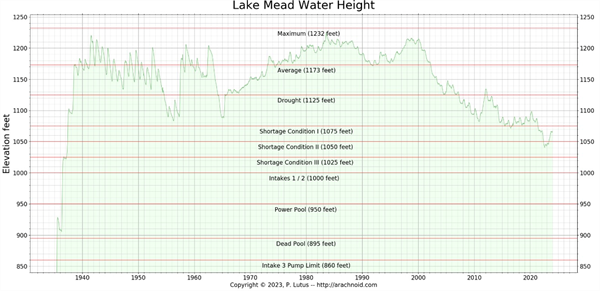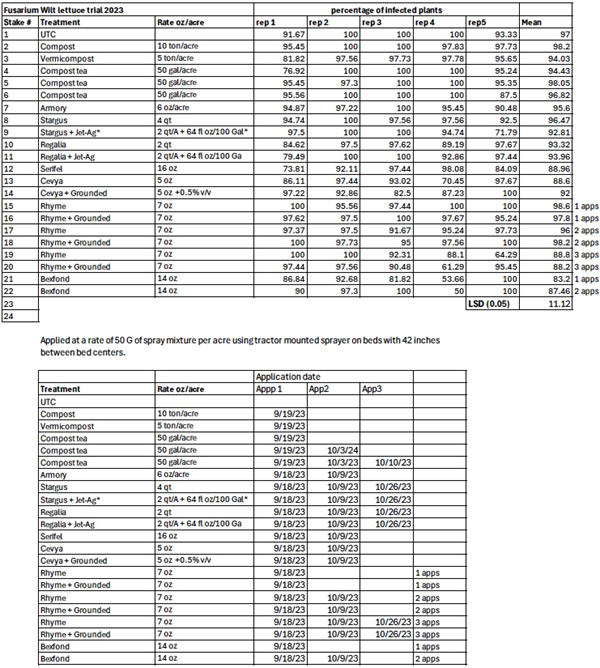Nov 15, 2017
Diamondback Moth Update
We continue to trap diamondback moth (DBM) in traps throughout the area. We currently have 57 pheromone traps stretched from Texas Hill to San Luis. In the past few weeks we’ve seen moth activity decrease in general in traps at Texas Hill, Tacna Roll, Wellton, Dome Valley and Bard/ Winterhaven. In contrast, we’ve recorded increases in trap captures in some traps in the Gila and Yuma Valleys. (
See DBM Trap Network).
One trap located at the Yuma Ag Center captured more than 28 moths /trap per night last week. That trap is adjacent to several acres of untreated broccoli that are infested with DBM larvae. However, most traps throughout the Yuma area are not catching anywhere near those numbers of moths, and not surprising, the fields adjacent to these traps have little to no DBM larvae. Furthermore, to date no PCAs have reported failures in controlling DBM like they experienced last fall. On the Yuma Ag Center, we have had plenty of DBM in our cole crops. This allowed us to conduct a number of efficacy trials with both soil and foliar applied insecticides. In our Verimark tray-drench trial in cauliflower, we observed DBM control for almost 40 days. Soil shank applications of Verimark in broccoli provided DBM efficacy for ~ 30 days. Our foliar spray trials consistently showed that the all conventional insecticides we evaluated provided significantly better control of DBM larvae compared to the untreated check following multiple spray applications (for results see
Efficacy of Foliar Insecticides Against Diamondback Moth, Fall 2017 and
Efficacy of Foliar Insecticides Against DBM and Whitefly). On the other hand, we found it more difficult to control DBM with organically-approved biopesticides (see
Organic Insecticide for DBM Control on Broccoli, Fall 2017).
An important lesson was learned from these studies. This fall DBM was not an issue, unlike last season. We’re obviously dealing with a different population this year. It is highly likely that the present DBM populations found at the Yuma Ag Center and throughout the Yuma area moved into the area via monsoon/tropical storms. I base this on the fact that the DBM have been easy to control with our standard insecticides (unlike last season), and we have been trapping moths adjacent to direct-seeded broccoli fields since early September. We’ve also been trapping them next to fallow fields. This clearly suggests that the DBM in Yuma this fall did not exclusively arrive on transplants, nor did last season’s resistant population over-summer here. I believe this explains why DBM is seldom a problem for Yuma PCAs. DBM populations have to migrate in and over the past 20 years or so, they have been susceptible to our industry standards. The exception would be last year, where the DBM outbreaks we experienced were associated with a resistant population that moved into fields from infested transplants. One last thing to consider: it is possible we may see additional DBM move into the area via winter storms from the coast. Hopefully we can pick up such movement with our traps.

To contact John Palumbo go to:
jpalumbo@ag.Arizona.edu
 To contact John Palumbo go to: jpalumbo@ag.Arizona.edu
To contact John Palumbo go to: jpalumbo@ag.Arizona.edu









